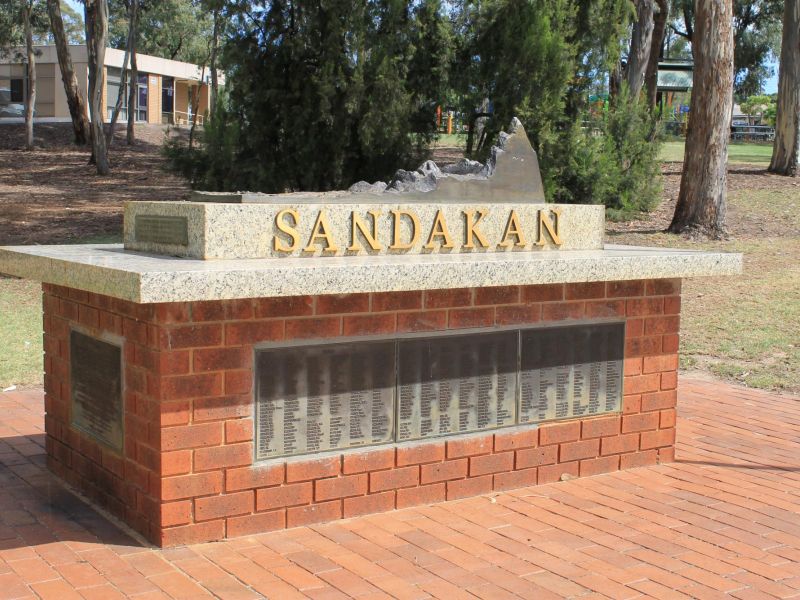Stolen Years: Australian prisoners of war - Sandakan
70% of the number of Australians taken prisoner during the Pacific War - 15,395 - were captured during the Malayan Campaign. First held at Singapore's Changi prison, these prisoners of war (POWs) were then deployed around Southeast Asia in working parties.
Three of the main camps were at Sandakan, Labuan and Jesselton (now Kota Kinabalu) in Sabah, Borneo. In 1942, 2,434 POWs (1,793 Australians and 641 British) were sent to Sandakan and forced to build an airstrip.
At first they were treated reasonably well. Gradually, however, rations were reduced and bashings increased.
By late 1944, with Allied forces advancing toward Borneo, the Japanese decided to send about 2,000 Australian and British prisoners westward to Ranau, in Borneo’s rugged interior. Weak and sick prisoners staggered for about 260 kilometres along jungle tracks. Many died on the way, their bodies never recovered. Those unable to continue were killed; those too weak to march had been left behind in Sandakan, where all died or were killed. Only six – all Australians – out of about a thousand sent to Ranau survived the war.
By March 1945, the first of the prisoners forced to march through the Borneo jungle from Sandakan had reached Ranau. Every day more sick and starving prisoners died. Gunner Albert Cleary, a young man from Geelong, tried to escape into the jungle. Recaptured after a week, he was beaten and tied to a log. For eleven days guards beat him, spat and urinated on him. “If you escape the same thing will happen to you”, a Japanese officer warned.
At last, when he was close to death, the prisoners were allowed to free him. They carried him to a creek, washed and placed him in a hut, where he died. A memorial now stands on the spot where Cleary was tied up.
By May 1945, only about thirty prisoners remained alive at Ranau. Two men, Privates Richard Murray and Keith Botterill, stole rice from the Japanese to build up food stocks for an escape. When the theft was discovered, Murray stepped forward to take responsibility, knowing that he would be killed. He was bayonetted and his body thrown into a bomb crater at Ranau on 20 May 1945. He is buried in Labuan war cemetery. Murray sacrificed his life to save his mate, Keith Botterill, who became one of the six survivors of the Sandakan death march.
Lieutenant Rod Wells, a 23-year-old schoolteacher, helped Lionel Matthews build a radio at Sandakan. Matthews and Wells were arrested and interrogated by the Kenpeitai, the Japanese secret police.
After four months of brutal interrogation, Wells and eighteen others were sent to the notorious Outram Road Gaol in Singapore. Though subjected to a ferocious regime of starvation and beatings, Wells survived; however, almost all the men he had known in Sandakan perished in the death marches.
The Sandakan “death march” remains the greatest single atrocity committed against Australians in war.
- Stolen Years: Australian POWs - Sandakan https://www.awm.gov.au/visit/exhibitions/stolenyears/ww2/japan/sandakan#:~:text…
 Western Front Association Central Victoria Branch
Western Front Association Central Victoria Branch